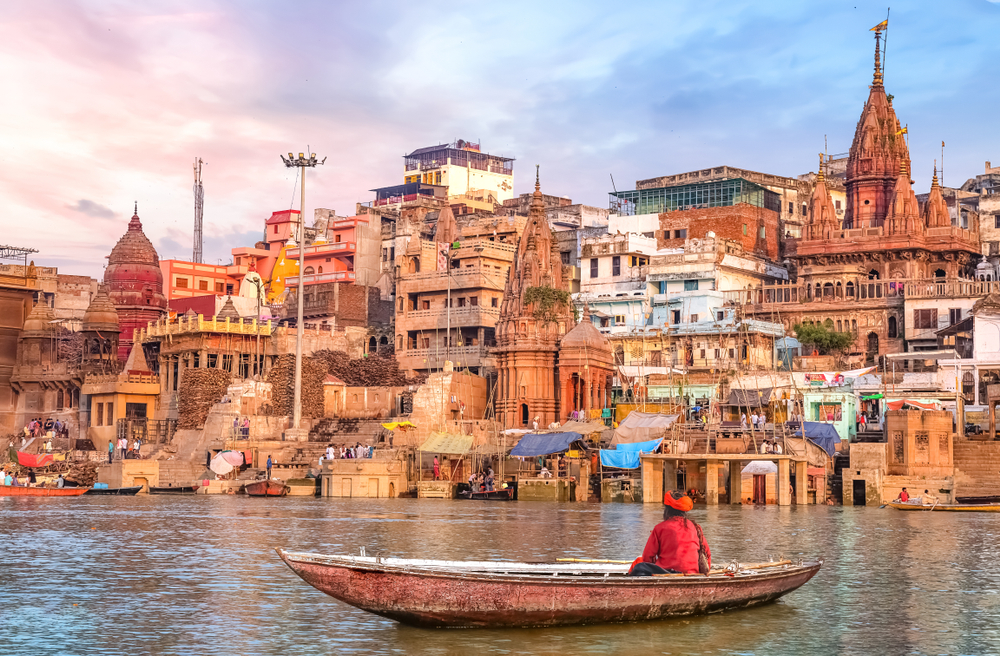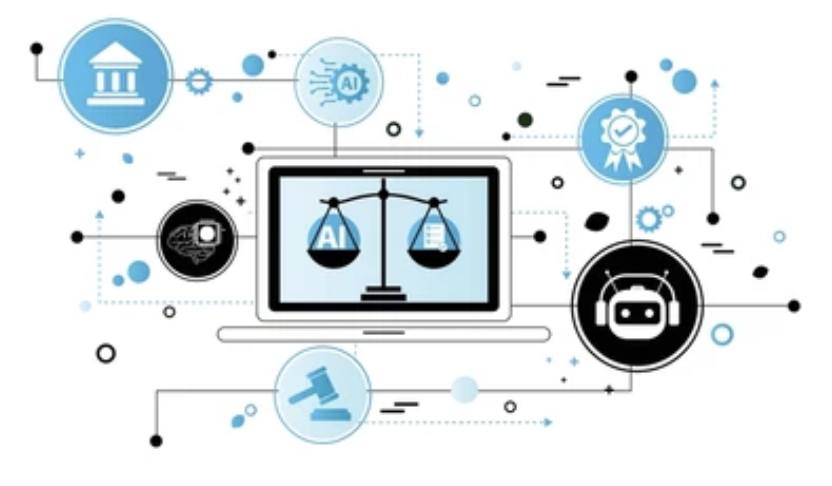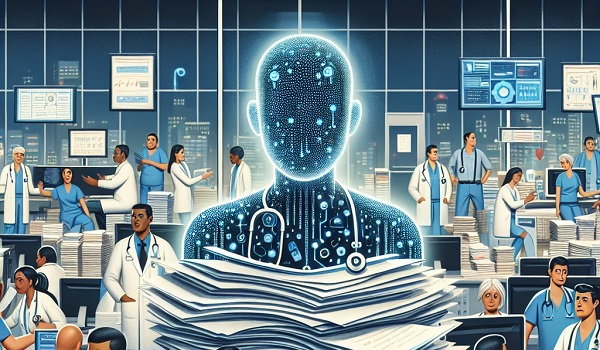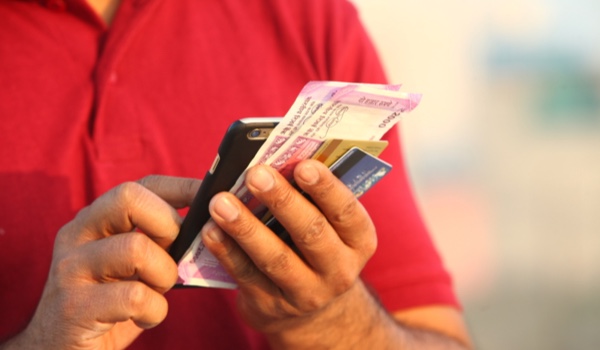


KOLKATA - Healthcare should be available to all. It should meet universal needs and be free at the point of delivery regardless of status or wealth. Unfortunately, inequality and inequity still prevail, and no more so than in India, and particularly for residents of the nation’s notorious red-light districts, where they are among the most marginalized sections of society, deprived of basic healthcare and hygiene. Yet help is at hand in the form of artificial intelligence (AI), providing a panacea for the ills of the county’s red-light areas.
Red-light districts constitute around 60 percent of India. Kolkata - formerly Calcutta - consists of six red light areas, of which Sonagachi is the biggest. Sonagachi boasts the largest red-light area in all Asia. Several multi-storied brothels are home to over 7,000 people, specifically women who generate a livelihood as sex workers.
Krishna Dutta reflects upon the appalling conditions of sex workers in her book, ‘The Blue Fairies of the Red Light.’ She highlights the way the basic fundamental rights of healthcare and a sustainable living is denied to them. These women are often victims of social prejudice and the general public is a frequent critic of their industry. Yet it is a fact that India’s sex workers are an important cog in the country’s social fabric: they have a strong political voice through vote banks.
Sonagachi: A Narrative on Extended Suffering
India legalized prostitution in 1956, but sex workers’ fight for the fundamental right to education and health has been a struggle. The Durbar Mahila Samanwaya Committee (DMSC) -one of the largest and popular non-government organizations (NGOs) functioning in Kolkata - works with sex workers in India’s eastern state of West Bengal. The NGO comprises around 60 percent of transgender sex workers and actively works to elevate the status of Sonaga
The content herein is subject to copyright by The Yuan. All rights reserved. The content of the services is owned or licensed to The Yuan. Such content from The Yuan may be shared and reprinted but must clearly identify The Yuan as its original source. Content from a third-party copyright holder identified in the copyright notice contained in such third party’s content appearing in The Yuan must likewise be clearly labeled as such. Continue with Linkedin
Continue with Linkedin
 Continue with Google
Continue with Google









 4614 views
4614 views








